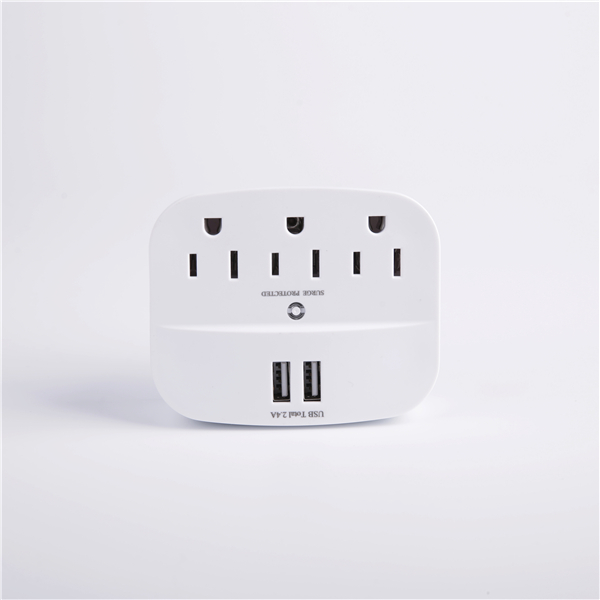A travel plug is a device used to connect electrical equipment to power sockets in different countries and regions. Depending on the country or region, the type and standard of power sockets used, as well as the voltage, are also different. If you plan to travel abroad or use other electrical equipment in other countries, it is important to know the models and voltages available in different countries and regions.
Different types of sockets are used differently. Throughout the world, there are many socket types, such as NEMA in the United States, Schuko in Europe, BBS 1363 in Australia, and AS/NZS3112 in Australia. Appearance and marketability vary depending on the outlet type.
The voltage standards for sockets vary by country and region. For example, in the United States, 110 to 120 volts are typically used, but in Europe, 220 to 240 volts are used. Equipment with mismatched voltages may cause equipment damage or failure to function properly.
To use electrical equipment while traveling abroad, you may need to purchase an adapter that connects the plug to the outlet at your destination. These adapters are usually small and easy to carry and can be used to connect various types of plugs.
Transformer or converter: If you need to convert voltage, you may need to adapt your device to the plug type and a transformer or converter. Transformers are used to convert voltage from high voltage countries to low voltage countries, and converters adapt the power of equipment to various voltage standards.
Versatile Travel Plug: Some travel plug adapters feature multiple outlet types and built-in voltage converters for use in multiple countries and regions. These versatile plugs can easily adapt to different travel needs.
Before traveling abroad, understand the destination type and voltage standard of the destination country or region, choose the appropriate travel plug and the required converter or transformer, and ensure that the electrical equipment is working properly during the trip.

 English
English 中文简体
中文简体












